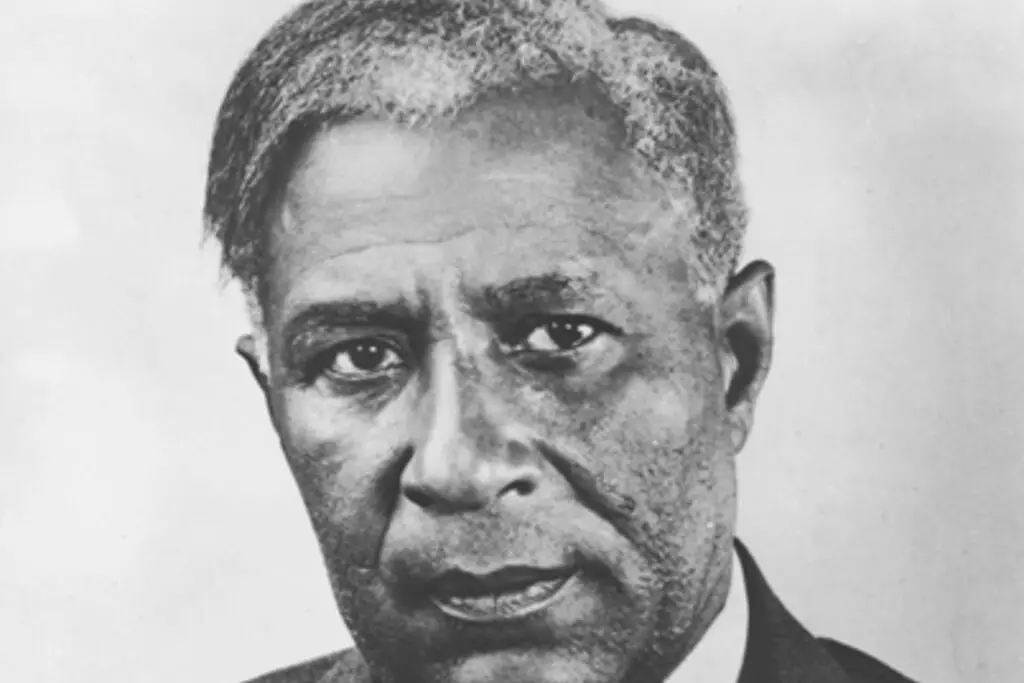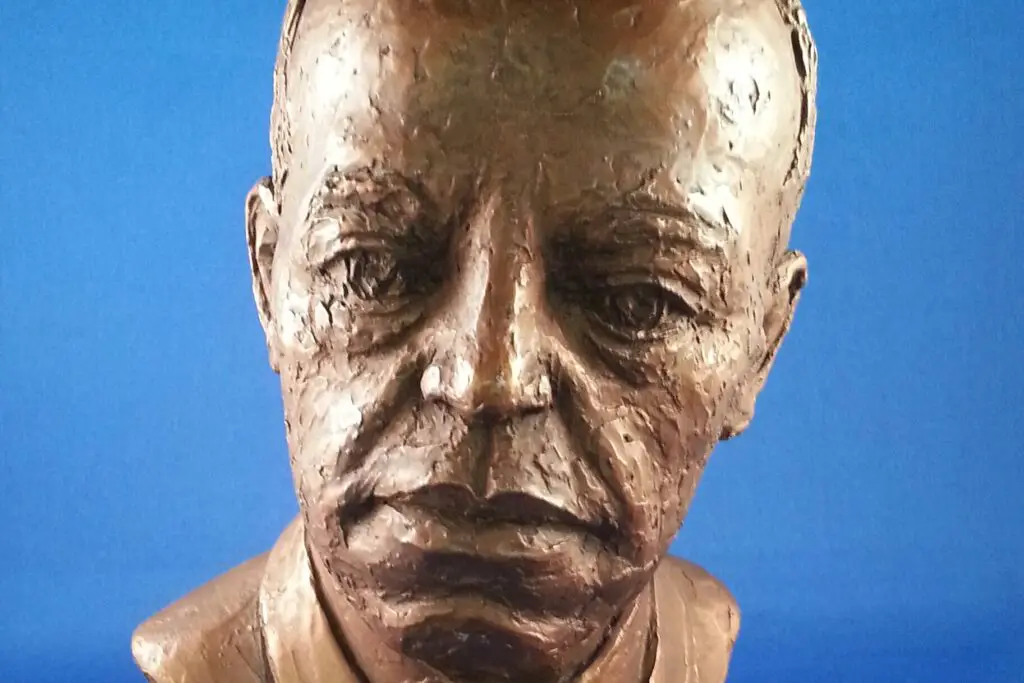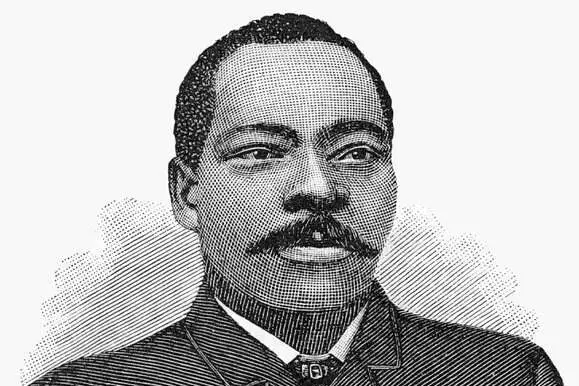1. Garrett Morgan – The Man Who Made Traffic Safer

If you’ve ever breezed through a busy intersection without worrying about chaos, you can thank Garrett Morgan. In the early ’20s, he saw how dangerous the roads were—cars, bicycles, and horse-drawn carriages all fighting for space. After witnessing a horrific crash, he invented a three-position traffic signal, adding a crucial “all stop” phase to prevent accidents. His invention was so effective that General Electric bought the patent, and versions of his design are still in use today. But that wasn’t Morgan’s only game-changing invention says Biography.
Before that, he developed a safety hood that allowed firefighters and rescue workers to breathe in smoke-filled areas. His gas mask design was so effective that it was later used in World War I to protect soldiers from poison gas. Despite his contributions, many didn’t realize he was Black because he often had a white partner demonstrate his inventions to avoid racial prejudice. His work saved countless lives, yet his name often gets left out of history books.
2. Lewis Latimer – The Man Who Helped Light Up the World

Thomas Edison might get all the credit for the light bulb, but it wouldn’t have been practical without Lewis Latimer. He improved Edison’s invention by creating a longer-lasting carbon filament, making light bulbs more affordable and widely available. Before that, light bulbs burned out quickly, making them too expensive for most homes. Latimer was a brilliant draftsman and engineer, even working with Alexander Graham Bell to patent the telephone. His expertise helped shape modern electrical engineering, though his contributions were often overshadowed says National Inventors Hall of Fame.
Beyond his inventions, Latimer was one of the few Black men in the late 1800s working as a patent draftsman, a field dominated by white engineers. He also wrote a guide on electric lighting, making it easier for others to understand this groundbreaking technology. Despite his crucial role in bringing electricity into everyday life, his name remains largely unknown compared to Edison’s and Bell’s. His work literally brightened the world, yet he’s often left in the shadows.
3. Marie Van Brittan Brown – The Woman Who Made Homes Safer

Home security systems might seem like a modern necessity, but they date back to the 1960s, thanks to Marie Van Brittan Brown. Living in Queens, New York, she and her husband worried about slow police response times and rising crime rates. Instead of feeling helpless, she took matters into her own hands, inventing the first-ever home security system. Her design included peepholes, a camera, two-way microphones, and an alarm that could contact authorities. Sound familiar? It laid the groundwork for modern surveillance systems.
Brown’s invention was revolutionary because it gave everyday people control over their safety. She even received a patent for it in 1969, yet her contributions often go unrecognized. Today’s home security giants owe a lot to her early innovations, though most people don’t know her name. Her idea has evolved into doorbell cameras and smart security systems used worldwide. She wasn’t just ahead of her time—she changed the way people protect their homes forever.
4. Granville T. Woods – The “Black Edison” Who Transformed Rail Travel

Granville T. Woods earned the nickname “Black Edison” for good reason—he held over 60 patents and revolutionized railway communication. One of his most significant inventions was the telegraph system that allowed moving trains to communicate with stations. Before this, train collisions were a constant danger, as conductors had no way of knowing where other trains were. Woods’ invention made rail travel safer and more efficient, saving countless lives. Despite his brilliance, he often had to fight for recognition and even defended his patents against lawsuits from Edison himself.
His contributions didn’t stop there—he also improved electric streetcars and railway brakes. His work made public transportation more reliable, yet history books rarely mention his name. Unlike Edison, he didn’t have the same financial backing, but his innovations were just as impactful. Without Woods, modern rail systems wouldn’t be as safe or advanced as they are today. His genius reshaped transportation, yet many have never heard of him.
